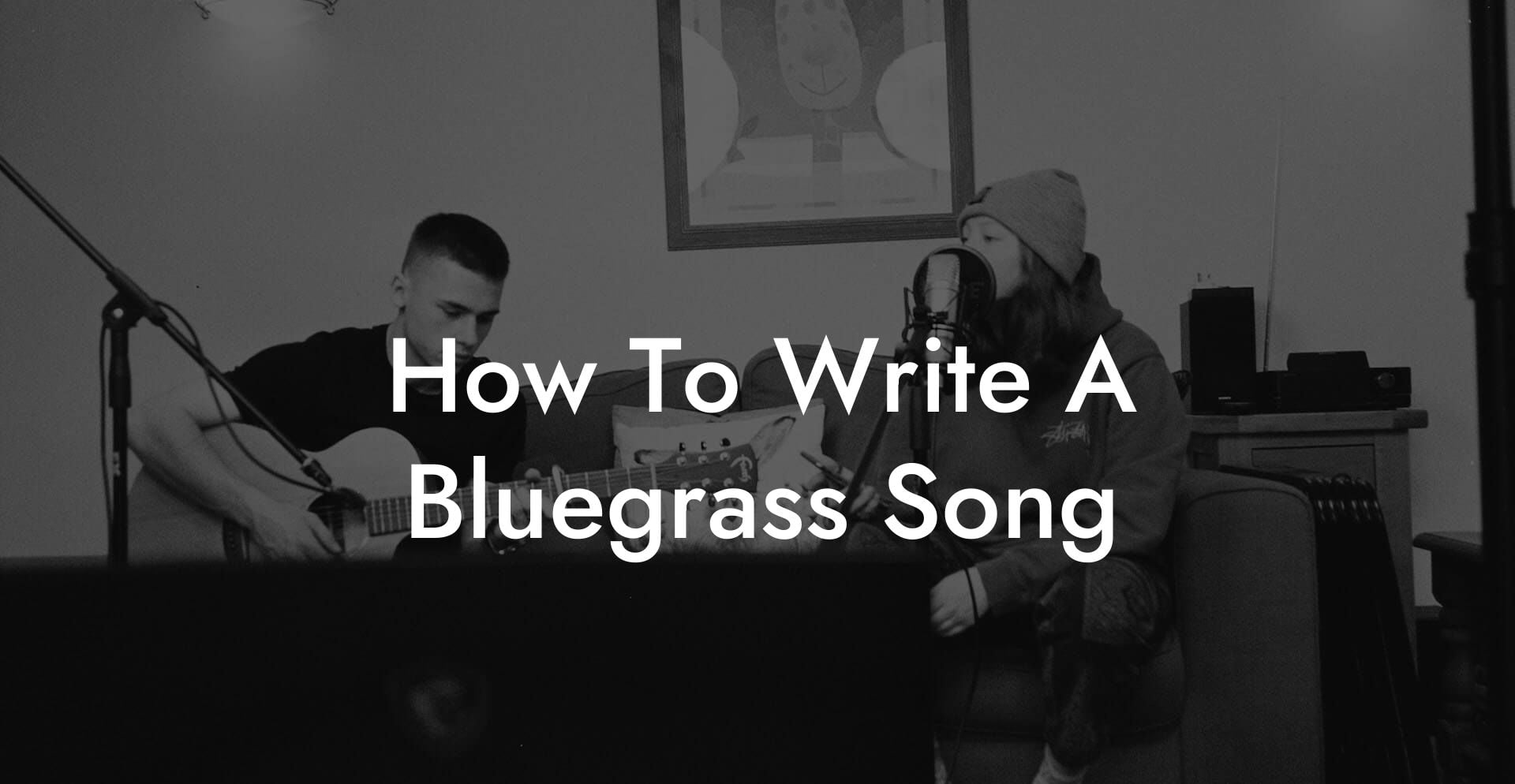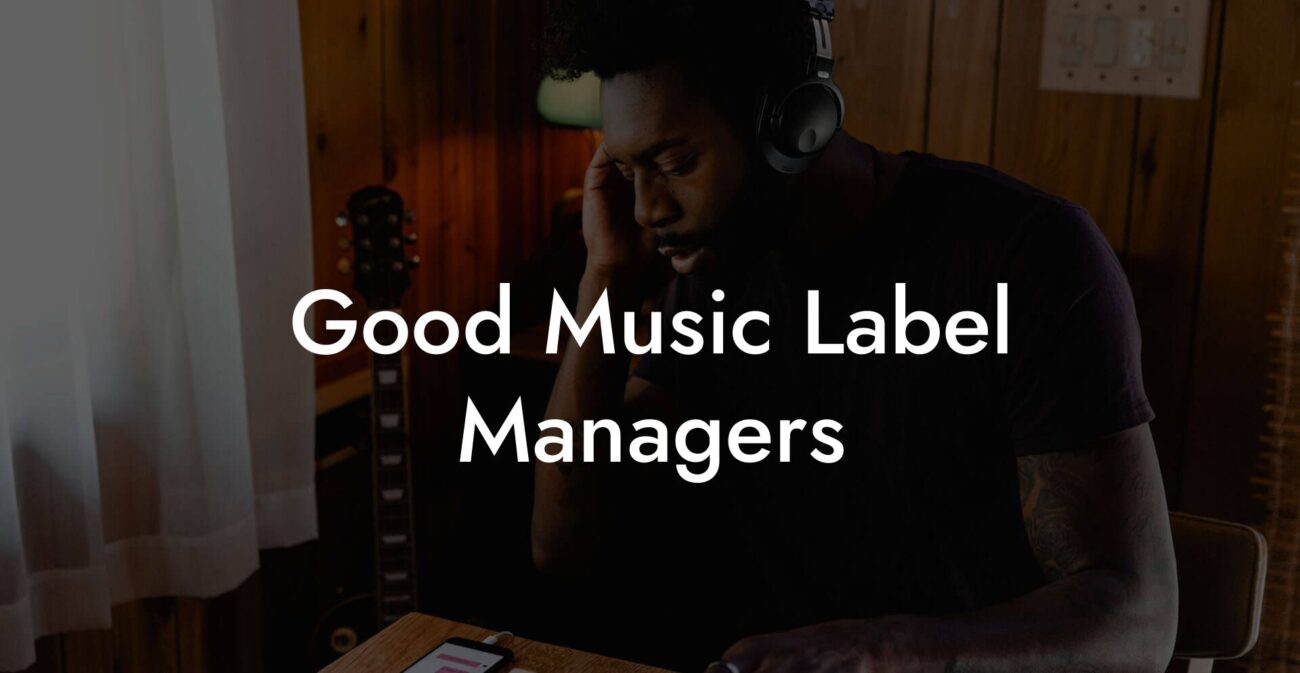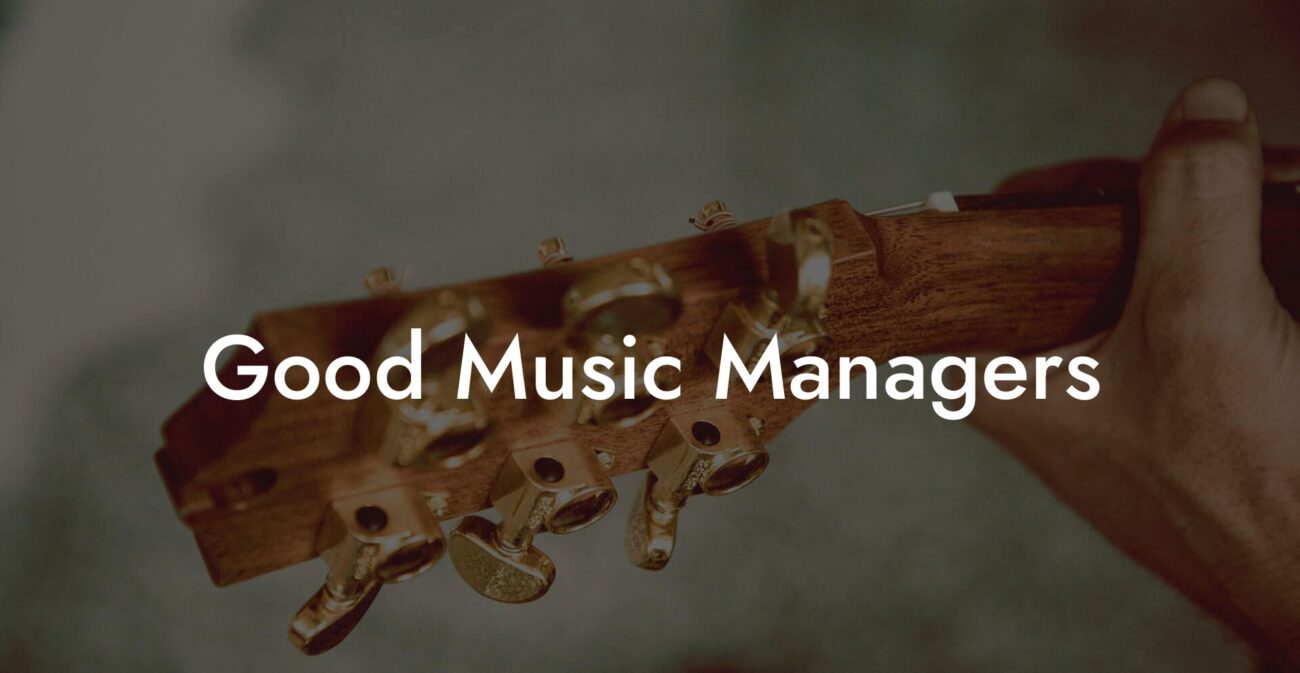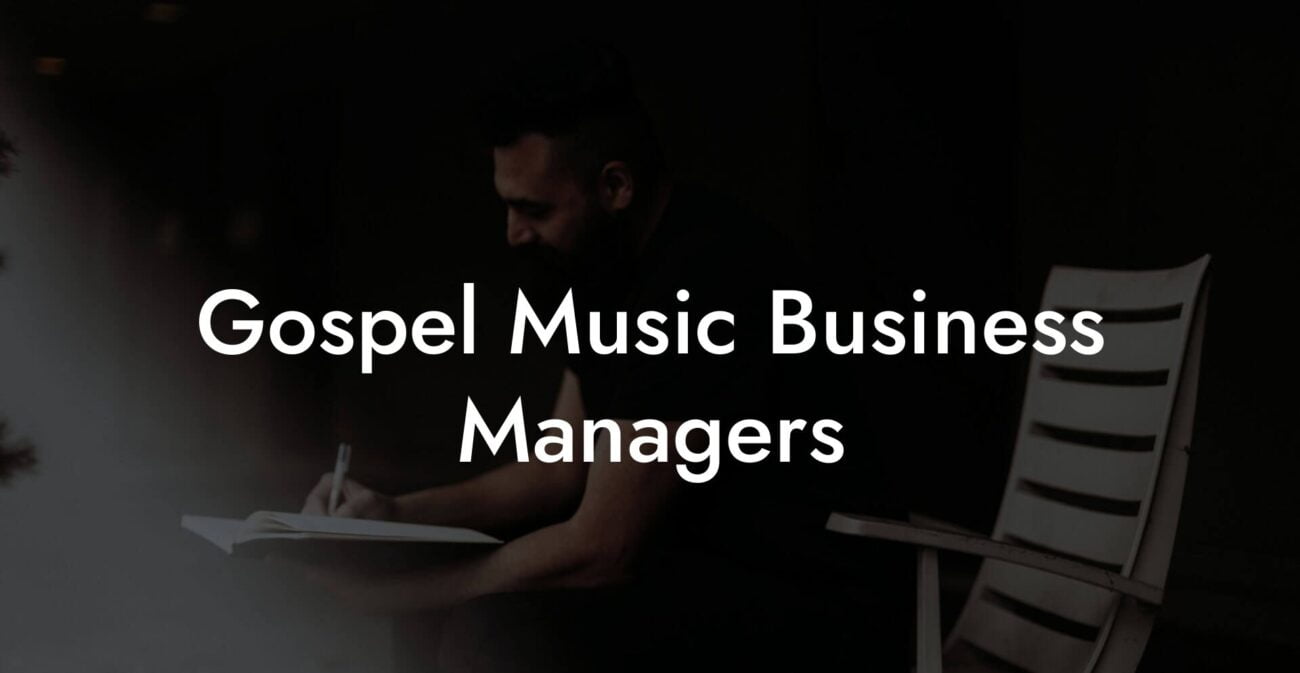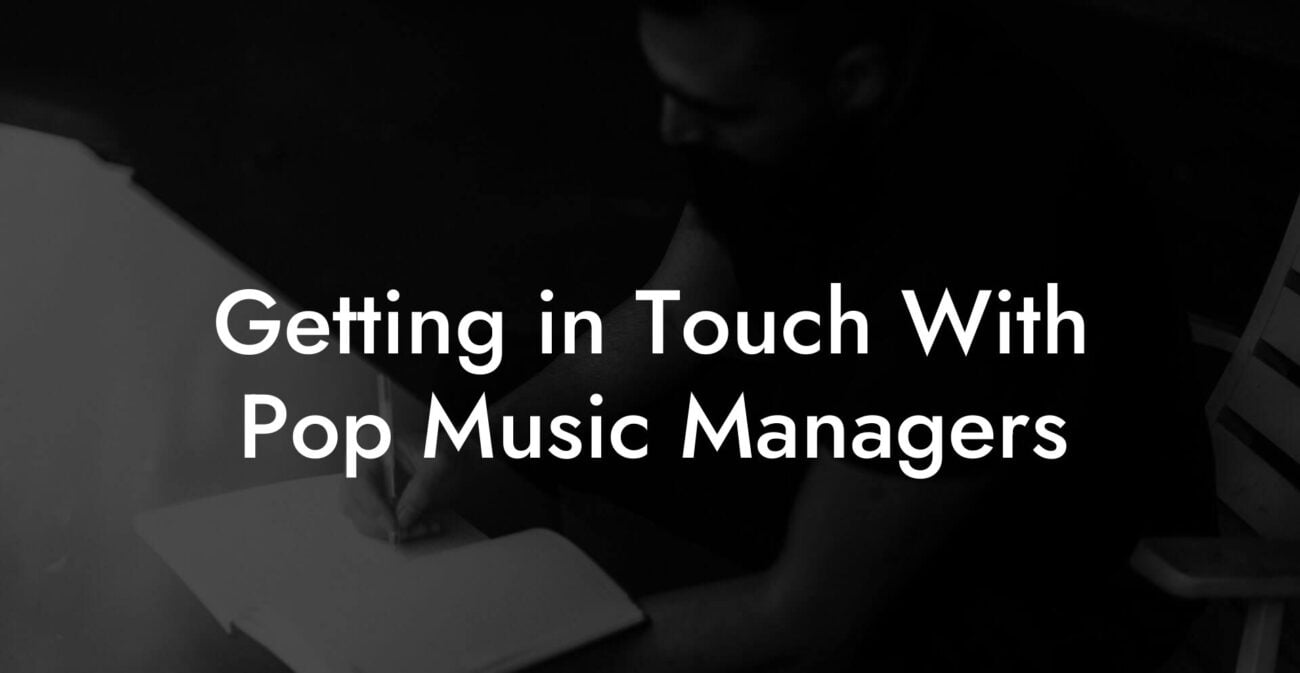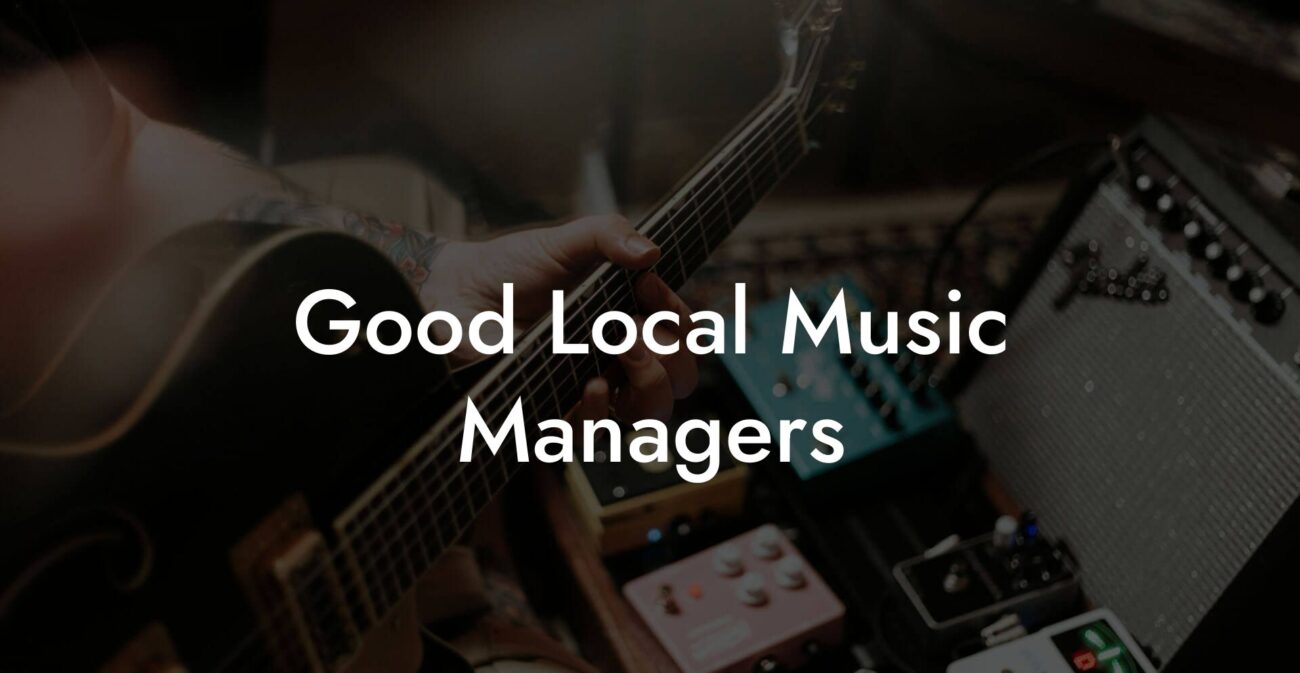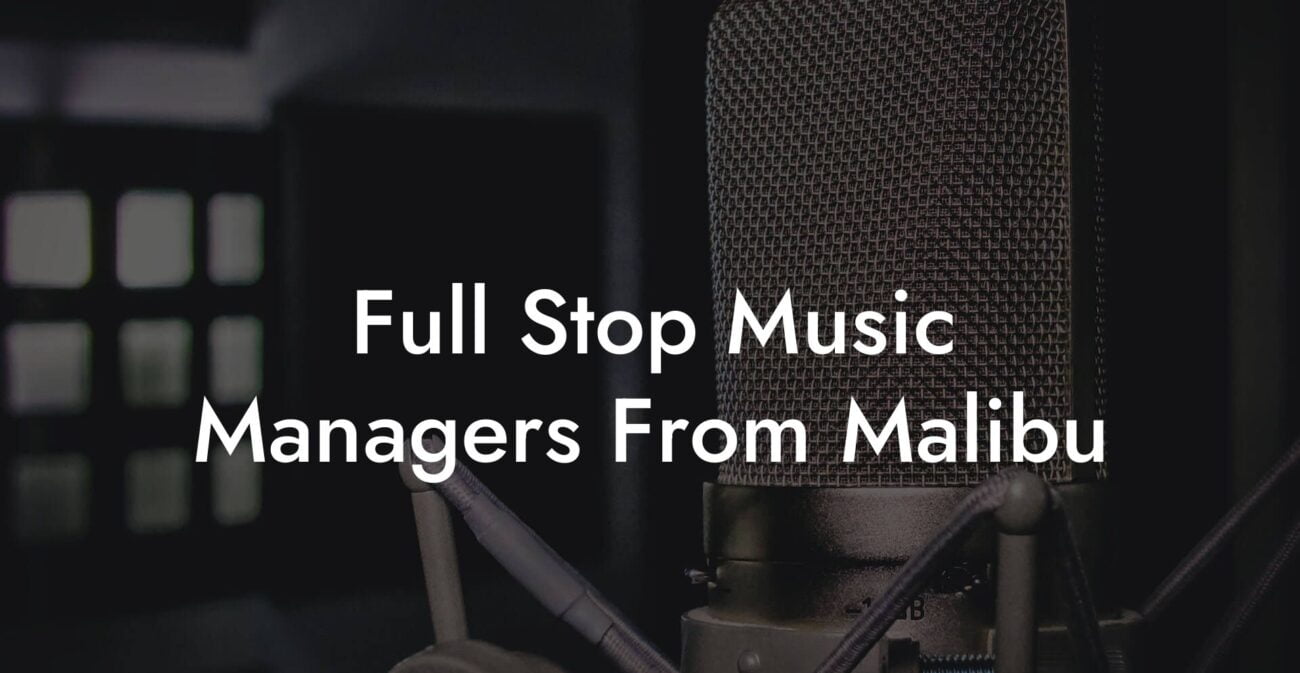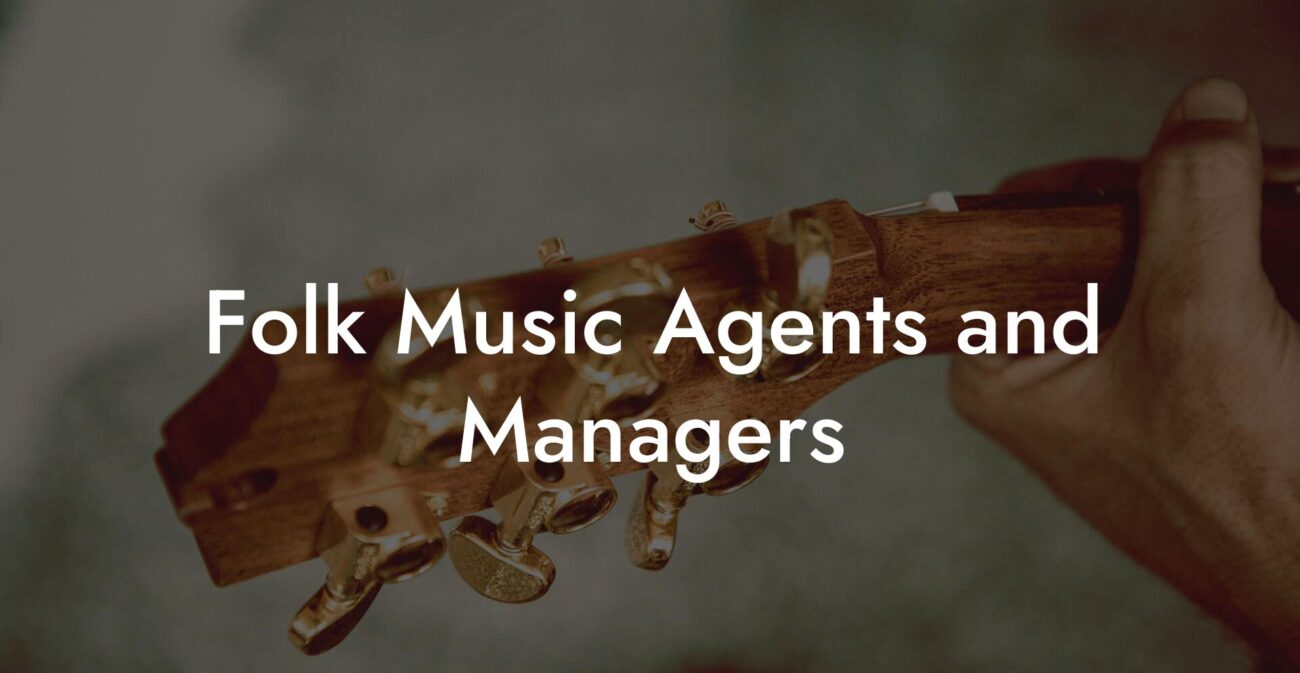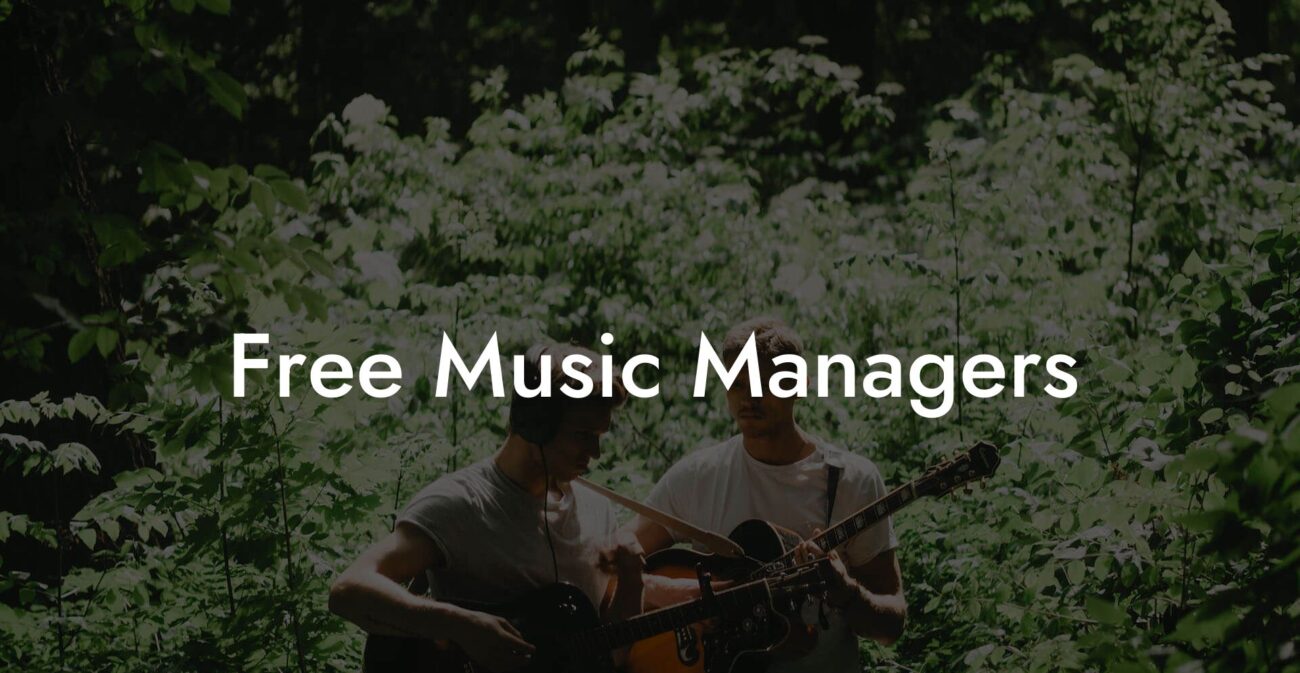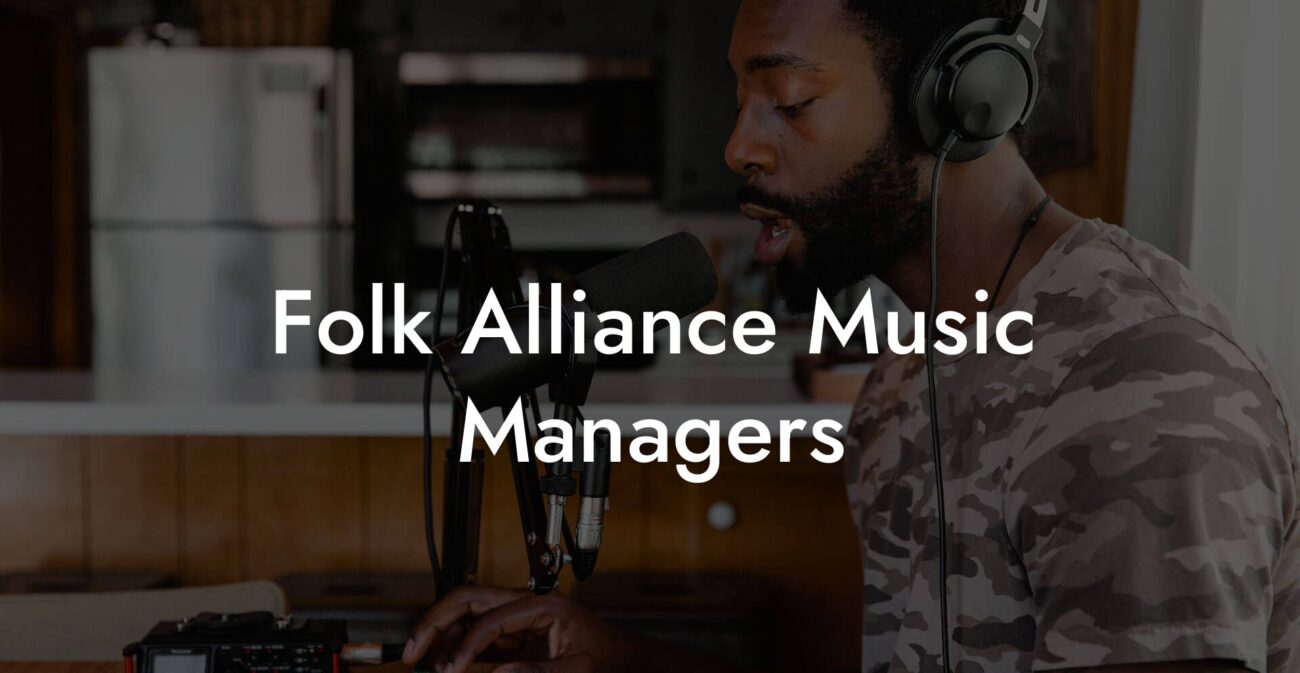Ever found yourself tapping your foot to the twang of a banjo and wondering, “How on earth do I write a bluegrass song that feels as organic as a backyard jam session?” Whether you’re a millennial with a love for vintage vibes or a Gen Z musician ready to break the mold, writing a bluegrass song is a creative journey that blends tradition, storytelling, and a bit of modern flair. Get ready to dive into the world of bluegrass songwriting where heartfelt lyrics, toe-tapping melodies, and a sprinkle of indie swagger come together to create something truly magical.
Looking to write your next song? Transform your creative ideas into songs that people will love, and skyrocket your music career with Lyric Assistant. The perfect songwriting assistant. Find out more →
Quick Links to Useful Sections
- Understanding the Soul of Bluegrass Music
- Diving into Bluegrass Songwriting: The Roots and Traditions
- Key Ingredients of a Bluegrass Song
- 1. Storytelling and Lyrical Depth
- 2. The Melody and Instrumentation
- 3. Chord Progressions and Song Structure
- 4. Tempo and Rhythm
- 5. The Element of Improvisation
- The Creative Process: From Idea to Bluegrass Masterpiece
- Step 1: Finding Your Inspiration
- Step 2: Crafting Your Lyrical Story
- Step 3: Melody and Chord Experimentation
- Step 4: Bringing It All Together with Structure
- Step 5: Experimenting with Instrumental Breaks
- Modern Tools and Techniques for Bluegrass Songwriting
- Utilizing Digital Lyric Assistants
- Recording and Home-Studio Setups
- Collaboration in the Digital Age
- Learning from the Masters
- Infusing Your Unique Voice into Bluegrass
- Embracing Vulnerability and Honesty
- Mixing Tradition with Modern Realities
- Collaboration and Community Input
- Resources and Community Support: Your Next Steps
- Frequently Asked Questions About Bluegrass Songwriting
- Your Path to Bluegrass Greatness
Understanding the Soul of Bluegrass Music
Bluegrass music isn’t just a genre—it’s a way of life. Born from the Appalachian mountains and forged in the fires of folk and country traditions, bluegrass is raw, unfiltered, and deeply rooted in storytelling. It’s a musical tradition that refuses to be confined by the polished production of modern pop, instead embracing a rugged authenticity that tells the story of everyday life.
At its core, bluegrass is about community, heritage, and the simple joys of making music with friends. The genre was popularized by legends like Bill Monroe, whose mandolin-set standard forever changed how we think about acoustic music. Today, bluegrass continues to influence everything from indie folk to modern Americana, proving that a well-told story never goes out of style.
This musical form is not defined by high-tech recording studios or flashy performances—it thrives on the intimate connection between the artist and their audience. Whether you’re crafting a ballad about lost love on a rainy day or a rollicking tune that celebrates life’s small victories, bluegrass music is your invitation to keep it real, heartfelt, and a little bit wild.
Diving into Bluegrass Songwriting: The Roots and Traditions
Before you start scribbling down lyrics or strumming your guitar, it’s important to understand the rich history that shapes bluegrass music. Think of it as the creative blueprint that has been passed down through generations of musicians who have refined this art form to perfection.
Write Lyrics Like a Professional Songwriter
The ultimate songwriting tool that takes your creative vision to the next level! With just a few clicks, you can unleash your inner songwriter and craft a hit that's uniquely yours. Your song. You own it.
Bluegrass songwriting is steeped in tradition. The stories are often tales of heartache, wanderlust, family, and the beauty of nature. Stories that resonate because they are so universal. These narratives often unfold in a simple, yet profound, way—a testament to the human condition. And while the instrumentation is rooted in acoustic purity, the themes remain surprisingly modern, touching on topics that are as relevant today as they were a century ago.
The ethos behind bluegrass is a celebration of simplicity. No high-speed computer graphics or auto-tuned melodies—just honest emotion played on traditional instruments like banjos, fiddles, mandolins, and acoustic guitars. For the modern songwriter, this means blending old-school charm with current experiences, creating a bridge between the past and the present.
Key Ingredients of a Bluegrass Song
What makes a bluegrass song truly memorable? It’s a cocktail of musical elements that includes a mix of storytelling, melodic craftsmanship, strong rhythms, and, of course, a pinch of spontaneity. Let’s break these elements down so you can see how they work together:
1. Storytelling and Lyrical Depth
If lyrics are the heart of any song, bluegrass lyrics are the heartbeat. They tell stories that are equal parts personal and universal. Drawing on themes of love, loss, hardship, and hope, your lyrics should paint vivid pictures that transport listeners to a different time or place. The best part? Authenticity rules here; speak your truth, and your audience will feel every word.
Modern bluegrass songwriters often mix traditional narratives with contemporary issues, adding a unique twist that resonates with today’s social and emotional contexts. Think of a song that tackles modern relationships or the digital disconnect, but with the warm, raw simplicity that defines bluegrass.
2. The Melody and Instrumentation
When it comes to bluegrass, melody is king. The tunes are usually bright, lively, and meticulously crafted to highlight the natural acoustics of traditional instruments. Fiddle, banjo, mandolin, and guitar aren’t just accessories—they’re storytelling partners that add layers of emotion and energy.
Creating a melody for a bluegrass song is like sketching with sound. You want something that’s catchy, yet allows for those spontaneous moments of instrumental jam sessions. Aim for an arrangement that invites improvisation, giving each instrument a chance to shine while still contributing to the overall narrative.
3. Chord Progressions and Song Structure
A bluegrass song often follows a simple yet effective structure that might remind you of your favorite folk tunes. Most songs follow a pattern—intro, verse, chorus, verse, chorus, and sometimes a bridge before wrapping things up. This conventional structure is part of the genre’s appeal; it’s easy to follow, yet leaves plenty of room for expressive solos and spontaneous detours.
The chord progressions in bluegrass are typically straightforward. The classic I-IV-V progression (for example, in the key of G: G, C, D) is a staple, but don’t be afraid to experiment. Modern bluegrass musicians often incorporate subtle deviations that add a hint of surprise to the familiar framework.
4. Tempo and Rhythm
Bluegrass songs are famous for their upbeat tempo and driving rhythms. The percussion might be minimal, but the energy comes from rapid fingerpicking on guitars, lively banjo rolls, and syncopated strumming patterns. This rhythmic vitality is what gets toes tapping and hearts racing.
Whether you’re aiming for a high-energy barn burner or a mellow ballad, keeping your rhythm tight is crucial. Experiment with different tempos to see what best serves your story and style.
5. The Element of Improvisation
One of the most exciting aspects of bluegrass music is the freedom to improvise. Think of it as musical freestyle—a space where spontaneity and creativity blend seamlessly with practiced skill. Instrumental breaks provide opportunities for solos, where each musician can express their individuality and technical prowess.
For modern songwriters, this means embracing the unexpected. Sometimes the best ideas come when you stray from the script—so allow your creative instincts to lead the way during the songwriting process.
The Creative Process: From Idea to Bluegrass Masterpiece
So, you’ve got a story to tell and a tune in your head—now what? The creative process of writing a bluegrass song is as exciting as it is unpredictable. Here’s how you can turn that spark of inspiration into a fully formed song.
Step 1: Finding Your Inspiration
Inspiration can be found in the everyday moments of life—from a quiet afternoon on the porch to a wild night out with friends. Many bluegrass songwriters draw from personal experiences, turning everyday trials and triumphs into relatable narratives. Start by keeping a journal or voice memos on your phone. Jot down thoughts, interesting phrases, or even a peculiar melody that pops into your head.
There’s no shortage of inspiration in the modern world: social media trends, global events, or even a particularly viral meme can spark a line or a chorus. Use your experiences to pen lyrics that speak to the soul, whether it’s a heartfelt ballad about unrequited love or a fun, rebellious tune that challenges the status quo.
Step 2: Crafting Your Lyrical Story
Once you’ve gathered your ideas, it’s time to weave them into a coherent narrative. Traditional bluegrass songs thrive on vivid storytelling. Aim to create a narrative arc that takes listeners on a journey—think of it as a mini-strip series on the human condition.
Don’t worry about being overly poetic; clarity and authenticity are the name of the game here. A good story, like a well-shot indie film, needs a relatable protagonist, a conflict that drives the narrative, and a resolution that leaves the audience both satisfied and pondering the deeper meaning of life.
Step 3: Melody and Chord Experimentation
Now that your story is taking shape, it’s time to set it to music. Experiment with a variety of chord progressions and melodic ideas until you find something that resonates with the emotions of your lyrics. Remember, bluegrass songs are often built on simple, familiar chord progressions—so don’t be afraid to use that trusted I-IV-V formula as your foundation.
Use your favorite instrument to experiment with different tunes, whether it’s your trusted acoustic guitar or a borrowed mandolin from a friend. Experimentation is key here; sometimes, the perfect melody emerges only after you’ve tried a few different variations.
Step 4: Bringing It All Together with Structure
One of the joys of bluegrass songwriting is its blend of structure and spontaneity. After you’ve fleshed out your lyrics and found your melody, organize your song into a familiar format such as a verse-chorus-verse-chorus structure. Each section should seamlessly flow into the next, allowing your story to build naturally towards its emotional peak.
Ensure that your chorus is memorable—it’s the heart of your song and the part that listeners will find themselves humming long after the last note fades away. A strong hook in your chorus can be the difference between a good song and a timeless one.
Step 5: Experimenting with Instrumental Breaks
One of the most thrilling parts of bluegrass is the opportunity for instrumental breaks. These moments allow you to showcase technical skills and add an extra layer of excitement to your music. Whether it’s a banjo solo that leaves your audience grinning or a fiddle segment that evokes deep emotions, these breaks create a dynamic interplay between structure and freedom.
Don’t be afraid to experiment during these breaks. Sometimes a sudden, unexpected riff can elevate your song, giving it an identity that sets it apart from your previous work.
Modern Tools and Techniques for Bluegrass Songwriting
Gone are the days when songwriting meant sitting alone in a smoky room with nothing but an acoustic guitar. Today’s bluegrass songwriters have an arsenal of digital tools and resources designed to elevate your creative process, while still keeping that traditional, down-to-earth vibe.
Utilizing Digital Lyric Assistants
Tools like Lyric Assistant are game-changers for modern musicians. These platforms offer everything from rhyme suggestions to thematic brainstorming, helping you effortlessly write lyrics for your next bluegrass hit. They’re like having a seasoned songwriting partner available 24/7, so you never miss that spark of creativity.
With intuitive interfaces and adaptive algorithms, lyric assistants can help organize your ideas, refine your phrasing, and even suggest musical structures that align with classical bluegrass traditions. They empower you to focus on what you do best—telling authentic stories through music.
Recording and Home-Studio Setups
The modern bluegrass songwriter isn’t confined to the rustic barn dance; home recording technology lets you capture your creative process with pristine clarity. Affordable recording equipment and digital audio workstations (DAWs) allow you to experiment with layers, effects, and digital mixing while retaining the organic warmth of acoustic instruments.
Consider setting up a home studio where you can record rough drafts of your songs. This not only provides a space to experiment with different arrangements, but modern technology also gives you the freedom to share your music with the world through social media and streaming platforms.
Collaboration in the Digital Age
Collaboration is key in bluegrass music—a tradition rooted in communal performance. Today, the internet makes connecting with fellow musicians easier than ever. Whether you’re sharing clips on TikTok, collaborating via Zoom, or using cloud-based services to co-write songs with other bluegrass enthusiasts, these tools can bring fresh perspectives and innovative ideas into your songwriting process.
Join online communities, participate in virtual jam sessions, and don’t shy away from exploring apps that facilitate remote collaborations. The resultant creative chemistry can lead to breakthroughs that might never have happened in isolation.
Learning from the Masters
While innovation is celebrated, there’s little harm in going back to the source. Online tutorials, masterclasses, and even YouTube channels dedicated to bluegrass techniques can teach you the nuances of traditional playing styles and songwriting structures. Learning from the masters not only hones your skills but also deepens your appreciation for the rich tapestry of bluegrass history.
Integrate these lessons into your writing process—whether it’s a subtle banjo lick that pays homage to Bill Monroe or a clever lyrical twist reminiscent of modern bluegrass legends, combining tradition with innovation is the secret sauce to standing out.
Infusing Your Unique Voice into Bluegrass
One of the greatest challenges—and joys—of songwriting is finding and asserting your own voice without losing the essence of the genre. Bluegrass, with its rich legacy, might seem like a tight template to follow, but that’s precisely where your individuality can shine. Your story matters, and there’s room in bluegrass for a twist that only you can provide.
Embracing Vulnerability and Honesty
The best bluegrass songs resonate because they are honest. Don’t be afraid to get personal in your lyrics. Share your triumphs, your sorrows, your quirky observations about life, and let those imperfections define your sound. Millennials and Gen Z audiences appreciate authenticity, so if you’re scared to bare your soul, think about the countless folk legends who became timeless precisely because they dared to open up.
Mixing Tradition with Modern Realities
While bluegrass is steeped in tradition, modern life offers plenty of material to write about. Maybe you’re crafting a song about the bittersweet nostalgia of vinyl records in a digital world or the clash between heartfelt conversation and endless social media scrolling. By blending traditional bluegrass instrumentation with modern themes, you’ll create music that speaks to a wide array of listeners.
Experiment with language that captures the zeitgeist without sacrificing the timeless quality of the genre. This balance of old and new is what makes bluegrass a living, breathing art form.
Collaboration and Community Input
Every songwriter, no matter how seasoned, needs a sounding board. Share your drafts with fellow artists, attend songwriting workshops, or simply bounce ideas off friends who appreciate music. Collaboration can spark unexpected creativity; a passing comment during a jam session may hint at a melody or lyrical hook that turns your song into a hit.
Modern technology also gives you access to a vast network of resources and communities. Participate in online forums and social media groups dedicated to bluegrass or Americana music. Their feedback and camaraderie can help refine your sound while providing encouragement along the creative journey.
Resources and Community Support: Your Next Steps
As you embark on your bluegrass songwriting journey, know that you’re not alone. The world of bluegrass is full of resources, both digital and in-person, that are geared towards nurturing your talent and connecting you with fellow musicians who share your passion for authentic storytelling.
First, explore online platforms and lyric writing tools like Lyric Assistant, which offers a streamlined way to develop lyrics and refine your ideas. These tools are designed to help you overcome writer’s block and provide a steady stream of inspiration when you need it most.
Dive into digital libraries and communities where tales of bluegrass history, technical tutorials, and collaborative projects are just a click away. Platforms like YouTube, Instagram, and dedicated bluegrass forums often host live workshops, Q&A sessions, and even virtual jam sessions. The exchange of ideas within these communities can be incredibly revitalizing.
Don’t underestimate the value of local gatherings either. Look for bluegrass festivals, open mic nights, and community jam sessions in your area. These events are fantastic opportunities to perform, network, and learn from more experienced musicians.
Additionally, consider joining songwriting groups or classes that focus on blending traditional bluegrass with modern influences. Learning in a supportive environment can help sharpen your skills, offer constructive criticism, and provide the motivation you need to keep writing.
Remember—the road to mastering bluegrass songwriting is as much about personal growth as it is about musical technique. Embrace every setback as a lesson, and celebrate every breakthrough as a step closer to your own creative nirvana.
Finally, be vocal about your journey. Share your stories and your challenges online. As you contribute to the broader conversation around bluegrass and songwriting, you’ll not only refine your craft but also inspire others to pick up an instrument, write a song, and tell their own stories.
Frequently Asked Questions About Bluegrass Songwriting
Here are some questions that many aspiring bluegrass songwriters have when starting out on this creative journey. Let’s tackle them head-on.
1. What defines a bluegrass song in today’s music scene?
A bluegrass song typically features acoustic instrumentation (such as banjo, fiddle, mandolin, and guitar), simple yet powerful harmonies, and compelling, rooted storytelling. It embraces both tradition and spontaneity, allowing room for solos and expressive improvisation.
2. How important is authenticity in bluegrass songwriting?
Authenticity is vital. The essence of bluegrass lies in its raw, honest storytelling. Listeners connect with vulnerability and genuine emotion, so don’t be afraid to share your personal experiences.
3. Can modern themes be incorporated into bluegrass?
Absolutely. While bluegrass has a rich history, contemporary themes can blend seamlessly with traditional sounds, creating a unique and relatable narrative that speaks to today’s audience.
4. What tools can help me write better lyrics for bluegrass songs?
Digital tools like Lyric Assistant can be invaluable. They provide inspiration, suggest rhymes, and help structure your ideas into coherent lyrics without compromising your unique voice.
5. How do I balance traditional bluegrass instrumentation with modern song structures?
Start with the foundational elements such as the I-IV-V chord progression and common bluegrass rhythms, then infuse your personal style and modern songwriting techniques to build a cohesive piece.
6. Is improvisation really important in bluegrass music?
Yes, improvisation is key. Instrumental breaks allow each musician to express creativity and add spontaneous flair to the song, making each performance unique.
7. How can I overcome writer’s block while composing a bluegrass song?
Try changing your environment, collaborating with other musicians, or using digital lyric tools to spark new ideas. Often, taking a brief break and reconnecting with nature or music can reinvigorate your creativity.
8. What role does community play in bluegrass songwriting?
Community is at the heart of bluegrass. Whether it’s local jam sessions or online forums, exchanging ideas and collaborating with fellow songwriters can fuel your creative fire and help you grow as an artist.
9. How can I make my bluegrass song stand out in a crowded music scene?
Infuse your personal experiences and unique perspective into every line. Use traditional elements as your canvas and then paint on top of them with modern ideas, dynamic instrumentation, and authentic emotion.
10. Where can I find more resources to improve my bluegrass songwriting?
Look for online tutorials, songwriting workshops, music classes, and communities dedicated to traditional and modern bluegrass music. Engaging with these resources will provide both inspiration and practical guidance.
Your Path to Bluegrass Greatness
The journey to writing a bluegrass song that truly resonates is one of exploration, experimentation, and above all, passion. Embrace every misstep, revel in the spontaneous melodies, and never be afraid to let your personality shine through. Whether you’re strumming your guitar on a lazy afternoon or performing at an open mic night, each note and word is a step closer to creating a piece of art that captures the essence of life.
Bluegrass music is as much about community as it is about craft. Reach out, share your work, and learn from others who traverse the same winding road of musical creativity. Remember, every master songwriter started somewhere, and your unique voice adds a fresh chapter to a legacy that spans generations.
So grab your instrument, jot down your thoughts, and dare to blend the old with the new. With the help of modern tools like Lyric Assistant and the timeless inspiration of bluegrass traditions, you have everything you need to write a song that’s uniquely yours. The world is ready for your story—let your bluegrass song be the spark that sets off a musical revolution.
Embrace the journey with an open heart, and let your creativity lead you to unforeseen places. Your bluegrass masterpiece is waiting to be written, and every chord you strike is a step towards building a bridge between the rich past and the vibrant pulse of today’s musical landscape.
Now, get out there and show the world that the soul of bluegrass beats in every heart ready to tell its story. Happy songwriting!
Write Lyrics Like a Professional Songwriter
The ultimate songwriting tool that takes your creative vision to the next level! With just a few clicks, you can unleash your inner songwriter and craft a hit that's uniquely yours. Your song. You own it.

